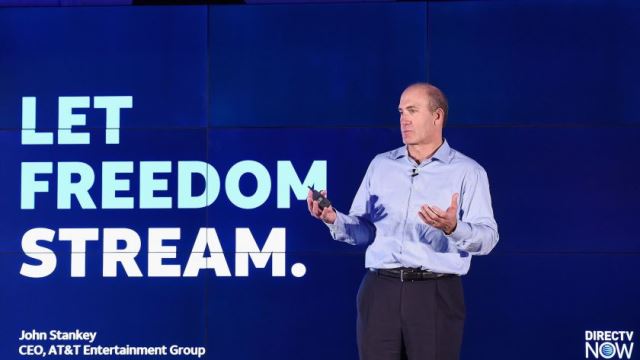AT&T CEO John Stankey said that the third largest telecom operator is considering offering wireless phone plans partially subsidized by advertising as soon as a year from now, Reuters reported.

AT&T has lost its #2 position to T-Mobile US in the recent quarter as the Deutsche Telecom subsidiary acquired Sprint and added mobile phone customers to its LTE network. Verizon continues to be the #1 wireless operator in the United States.
AT&T, which plans to cut more than 3,400 technician and clerical jobs across the country, has added 253,000 net new subscribers who pay a monthly bill in the second quarter of 2020.
The consideration underscores AT&T’s commitment to the advertising business as the U.S. phone carrier reviews its portfolio to identify assets to sell in order to reduce its debt load. AT&T is considering selling its advertising-technology unit Xandr.
“I believe there’s a segment of our customer base where given a choice, they would take some load of advertising for a $5 or $10 reduction in their mobile bill,” John Stankey said in an interview.
Various companies including Amazon.com, Virgin Mobile USA and Sprint’s Boost Mobile have tested advertising supported phone services since the early 2000s but they have not caught on. AT&T is hoping that better advertising targeting could revive the idea.
The launch of an ad-supported version of AT&T’s video-streaming service HBO Max next year will serve as a foundational element that will provide new advertising inventory, and would be key to new phone plans supported by ads.
AT&T engineers are creating “unified customer identifiers,” Stankey said. Such technology would allow marketers to identify users across multiple devices and serve them relevant advertising.
The ability to fine tune ad targeting would allow AT&T to sell ads at higher rates. AT&T has invested in developing targeted advertising on its own media properties using data from its phone, TV and internet customers.
In March, AT&T’s Xandr struck a deal to partner with Walt Disney and AMC Networks to let advertisers buy TV commercials across the networks.
AT&T’s advertising marketplace, which incorporates data from outside AT&T, could face privacy challenges as consumers express rising concern about tracking of their media use across platforms and laws such as the California Consumer Privacy Act have been passed.
John Stankey, who last week penned an op-ed for Politico stating that the U.S. government should provide subsidies to encourage companies to build fiber broadband networks in underserved areas, said in the Reuters interview that AT&T believes it could double its fiber footprint if it had the economic incentive.
AT&T’s fiber currently passes 18 million homes in the United States. The U.S. wireless carrier could grow that number by 3 million to 5 million homes per year.





